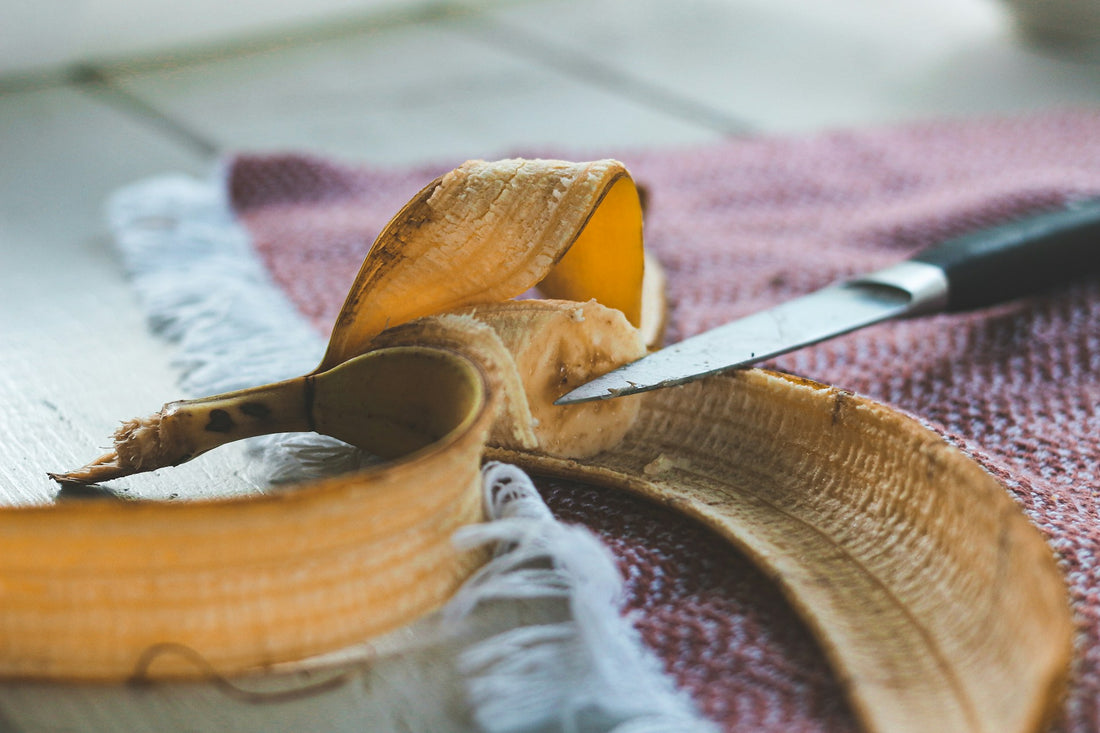A flourishing garden is a testament to the right balance of care, sunlight, and nutrients. While Bunnings, Kings Plant Barn and Mitre10 (did I miss anyone else?) are lined with commercial fertilizers, creating your own at home can be a gratifying and cost-effective endeavour. Here are 4 straightforward methods to make garden fertilizer using everyday household items.
1. Kitchen Scraps Compost:
Transforming kitchen waste into a nutrient-rich black gold for your plants is a cornerstone of sustainable gardening. Gather vegetable peels, coffee grounds, eggshells, and other organic kitchen scraps. Deposit these materials in a designated compost bin or pile, turning them regularly to expedite the decomposition process. You want the pile to get nice and hot. As the compost transforms into a dark, earthy substance (aka compost), blend it with your garden soil. This homemade compost not only enriches the soil with essential nutrients but also enhances its structure and water retention capabilities.
Pro tip: Please avoid adding meat and dairy products to your compost bin. This can attract rats.
2. Epsom Salt Boost:
Epsom salt, consisting of magnesium and sulphur, can be a game-changer for your garden. Magnesium is crucial for photosynthesis and nutrient absorption in plants. Dissolve a tablespoon of Epsom salt in 4 litres of water, creating a simple yet potent liquid fertilizer. This solution is particularly beneficial for magnesium-hungry plants like tomatoes and peppers. Apply it to the soil around your plants once a month during the growing season to promote robust growth and improved yield.
3. Banana Peel Elixir:
Banana peels, often discarded without a second thought, are a hidden treasure trove of potassium – a vital nutrient for flowering and fruiting plants. Create a banana peel fertilizer by soaking banana peels in water for several days. The water becomes infused with the nutrients from the peels, forming a potassium-rich elixir. Use this banana peel water to nourish your plants, paying special attention to roses, tomatoes, and peppers. The potassium boost encourages flower and fruit development, leading to healthier and more productive plants.
4. Vegetable Cooking Water:
The water used to boil vegetables need not go down the drain; instead, repurpose it as a liquid fertilizer for your garden. After boiling vegetables, let the water cool and then use it to water your plants. This water is rich in nutrients leached from the vegetables during cooking, providing a gentle and cost-free way to feed your plants. Be sure to let the water cool completely before applying it to your garden. This method not only reduces water wastage but also harnesses the nutritional benefits of vegetables for your plants.
Incorporating these DIY fertilizer techniques into your gardening routine adds a personal touch to plant care while contributing to a more sustainable approach. Remember to use these homemade fertilizers in moderation and adjust the quantities based on the specific needs of your plants. Experimenting with these methods allows you to tailor your fertilizer to the unique requirements of your garden.
By adopting these natural and cost-effective approaches, you not only promote a healthier garden but also minimise your environmental impact by repurposing kitchen waste. Happy gardening!

